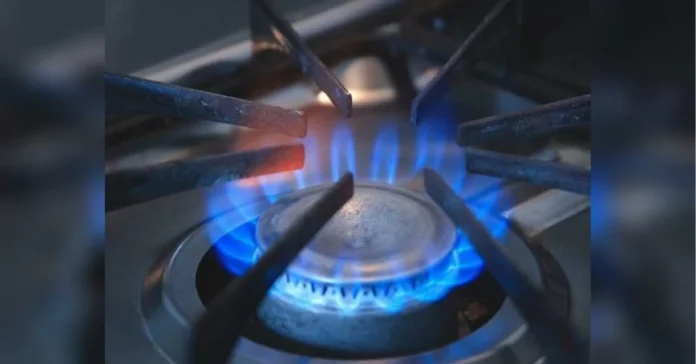Gas stoves are a common household appliance that has been used for cooking for decades. They provide a convenient and efficient way to prepare meals, but what many people don’t realize is that they can also be a source of indoor air pollution. Yes, that’s right – the small flame that we rely on to cook our food is actually filling our homes with harmful pollutants.
Gas stoves work by burning natural gas or propane to produce heat for cooking. This combustion process releases byproducts such as carbon monoxide, nitrogen dioxide, and formaldehyde into the air. These pollutants can have serious health effects, especially for young children, the elderly, and those with respiratory conditions.
One of the main concerns with gas stoves is the release of nitrogen dioxide. This gas is colorless and odorless, making it difficult to detect. When inhaled, it can irritate the lungs and cause respiratory problems. Long-term exposure to nitrogen dioxide has been linked to an increased risk of respiratory infections, asthma, and even heart disease.
Another harmful byproduct of gas stoves is carbon monoxide. This gas is also colorless and odorless, making it difficult to detect without a carbon monoxide detector. When inhaled, it can interfere with the body’s ability to transport oxygen, leading to headaches, dizziness, and even death in severe cases.
Formaldehyde is another pollutant that is released from gas stoves. This chemical is commonly used in building materials and can also be found in household products. When released from gas stoves, it can cause irritation to the eyes, nose, and throat. Long-term exposure to formaldehyde has been linked to an increased risk of cancer.
So, how do these pollutants from gas stoves end up in our homes? The answer lies in the way we use our stoves. When cooking on a gas stove, we often leave the flame on for extended periods of time, which allows these pollutants to build up in our homes. Additionally, gas stoves do not have a venting system like electric stoves do, which means that these pollutants have nowhere to go but into our living spaces.
The good news is that there are steps we can take to reduce the indoor air pollution from gas stoves. One option is to switch to an electric stove, which does not produce any harmful pollutants. However, this may not be feasible for everyone. Another option is to ensure proper ventilation in the kitchen. Opening a window or using an exhaust fan can help to remove some of the pollutants from the air. Regularly cleaning the stove and ensuring it is properly maintained can also help to reduce the amount of pollutants released.
It’s also important to be aware of the potential health risks associated with gas stoves and to take precautions to protect ourselves and our families. Installing a carbon monoxide detector in the kitchen can alert us to any dangerous levels of this gas. It’s also a good idea to have a professional inspect and service the stove regularly to ensure it is functioning properly and not releasing excessive amounts of pollutants.
In conclusion, while gas stoves may seem like a small and harmless part of our daily lives, they can actually have a significant impact on the air quality in our homes. The pollutants they release can have serious health effects, and it’s important to take steps to reduce our exposure to them. By being aware of the issue and taking precautions, we can continue to enjoy the convenience of gas stoves without compromising our health.

